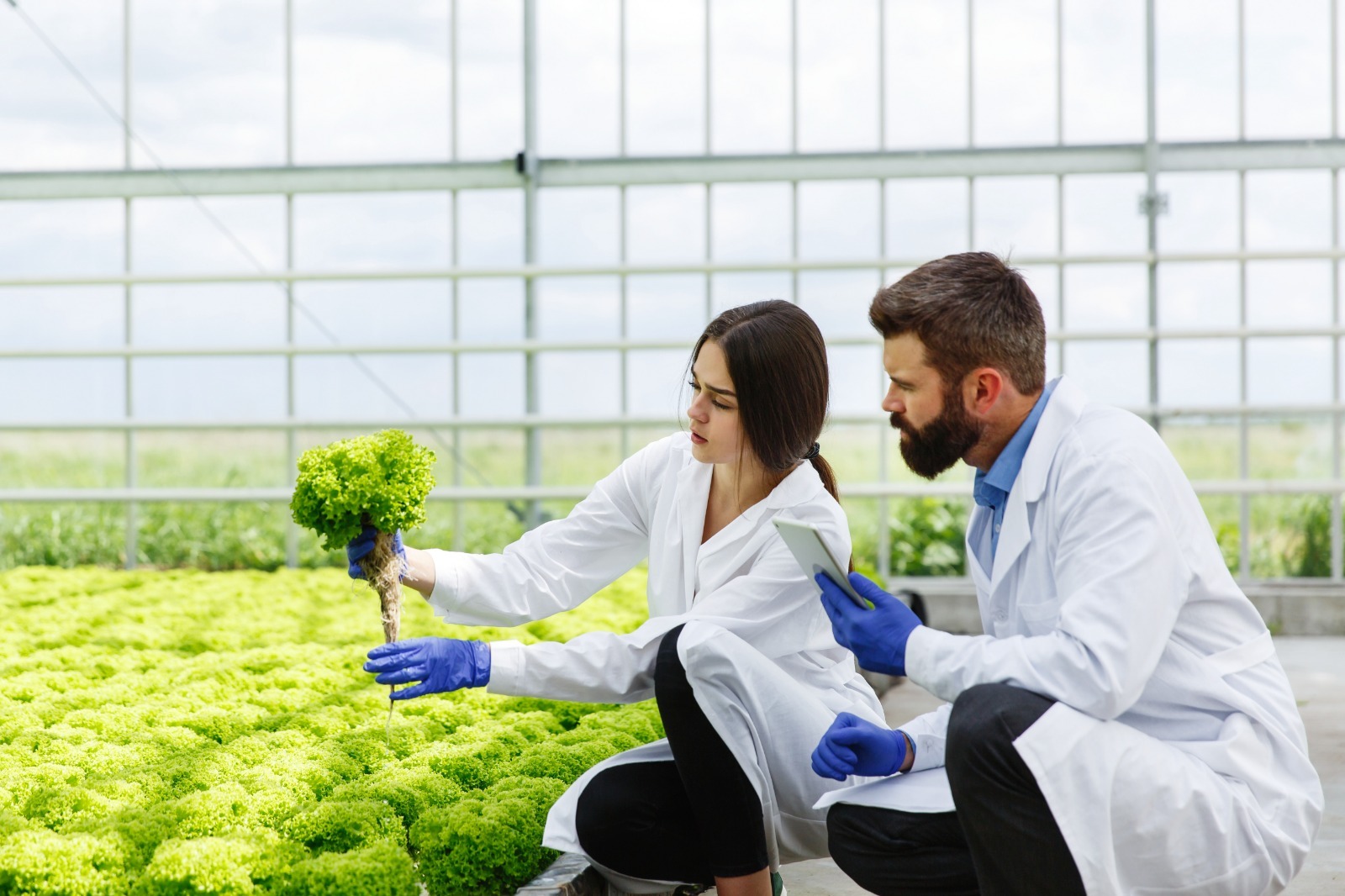 mohitmangal.com
mohitmangal.com Introduction: Diving into DIY Hydroponics/Aquaponics Ready to grow your own food without soil? This post will guide you through building a simple hydroponic or aquaponic system at home, step by step. We'll focus on a beginner-friendly method using easily accessible materials. Choose between hydroponics (using nutrient-rich water) or aquaponics (combining aquaculture and hydroponics). Let's get started!
Step 1: Choosing Your System Type Before we begin, decide which system you'd like to build:
- Deep Water Culture (DWC) Hydroponics: Simplest method; plant roots are submerged in nutrient-rich water.
- Aquaponics (Fish Tank + Grow Bed): Combines fish farming with plant cultivation; fish waste fertilizes the plants.
Step 2: Gathering Your Materials (DWC Hydroponics) Here's what you'll need to build a basic DWC system:
- A plastic tub or container (approx. 5-10 gallons)
- Net pots (3-4 inch diameter)
- Air pump
- Air stone
- Air tubing
- Hydroponic nutrient solution
- Clay pebbles or rockwool
- Seedlings (lettuce, herbs, etc.)
- Drill with hole saw attachment (matching net pot diameter)
Step 3: Constructing the DWC System
- Drill Holes: Using the hole saw, drill holes in the lid of the plastic tub. Make the holes the same diameter as your net pots, spacing them evenly across the lid.
- Prepare the Air System: Connect the air tubing to the air pump and air stone.
- Fill the Tub: Fill the plastic tub with water, leaving a few inches of space at the top.
- Add Nutrients: Add the hydroponic nutrient solution to the water according to the manufacturer's instructions.
- Place Air Stone: Place the air stone at the bottom of the tub.
Step 4: Planting and Setting Up
- Prepare Net Pots: Place clay pebbles or rockwool into the net pots. This will provide support for the seedlings' roots.
- Transplant Seedlings: Gently transplant your seedlings into the net pots, making sure the roots are surrounded by the clay pebbles/rockwool.
- Place Net Pots: Place the net pots into the holes you drilled in the lid. The bottom of the net pots should be submerged in the nutrient solution.
- Plug in Air Pump: Plug in the air pump. The air stone will bubble, oxygenating the water and benefiting the plant roots.
Step 5: Maintenance and Monitoring
- Monitor Nutrient Levels: Regularly check the nutrient levels of the water and adjust as needed. A pH meter is helpful.
- Water Level: Maintain the water level in the tub, topping it off with fresh water as it evaporates.
- Light: Provide adequate light for your plants. This could be natural sunlight or grow lights.
- Cleaning: Periodically clean the tub and replace the nutrient solution to prevent algae growth and nutrient buildup.
Conclusion: Enjoying Your Hydroponic Garden Congratulations! You've built your own DWC hydroponic system. With proper care and maintenance, you'll be harvesting fresh, homegrown produce in no time. Remember to research specific nutrient requirements for the plants you're growing. This simple setup can be expanded and adapted to different hydroponic techniques or even transitioned into an aquaponics system later on. Happy growing!
Organic Aquaponic Farming
 fity.club
fity.club Hydroponic / Aquaponic Farming
 mohitmangal.com
mohitmangal.com Aquaponic Farming Techniques
 smallbackyardlandscapeideas.blogspot.com
smallbackyardlandscapeideas.blogspot.com




0 komentar:
Posting Komentar